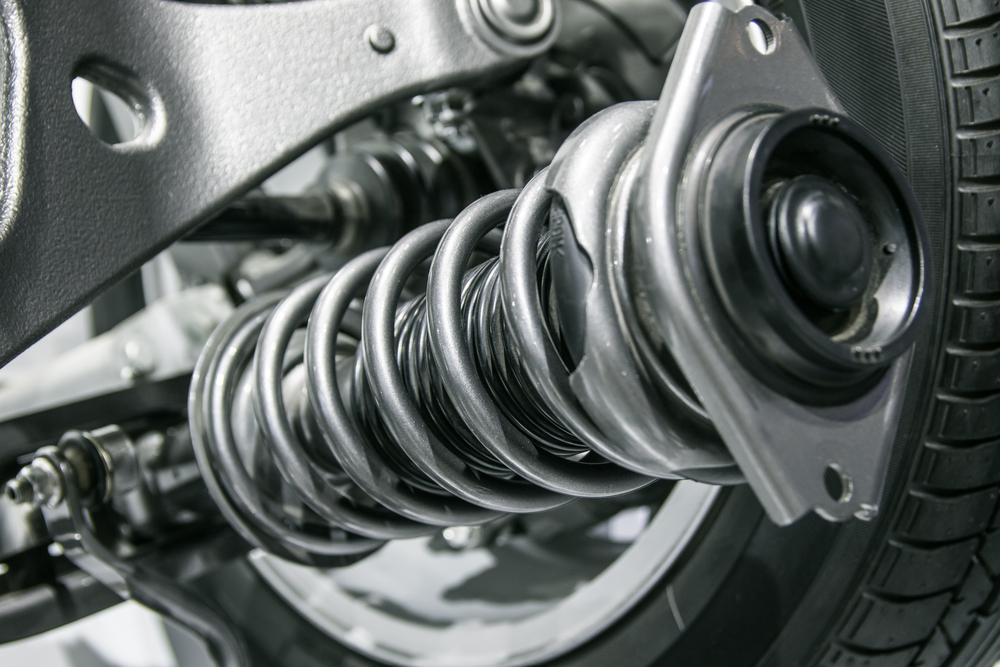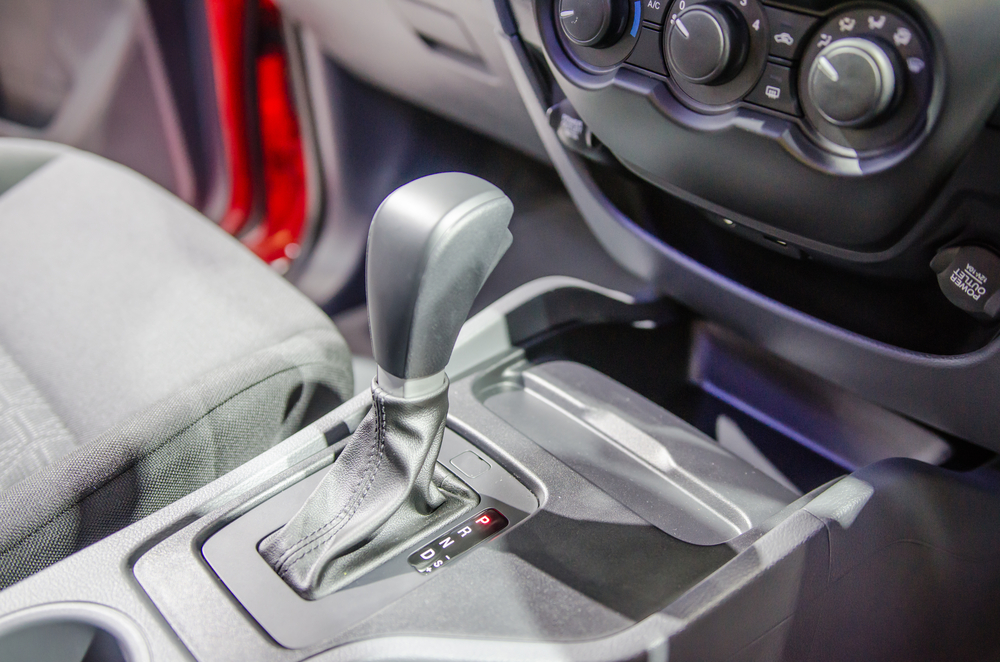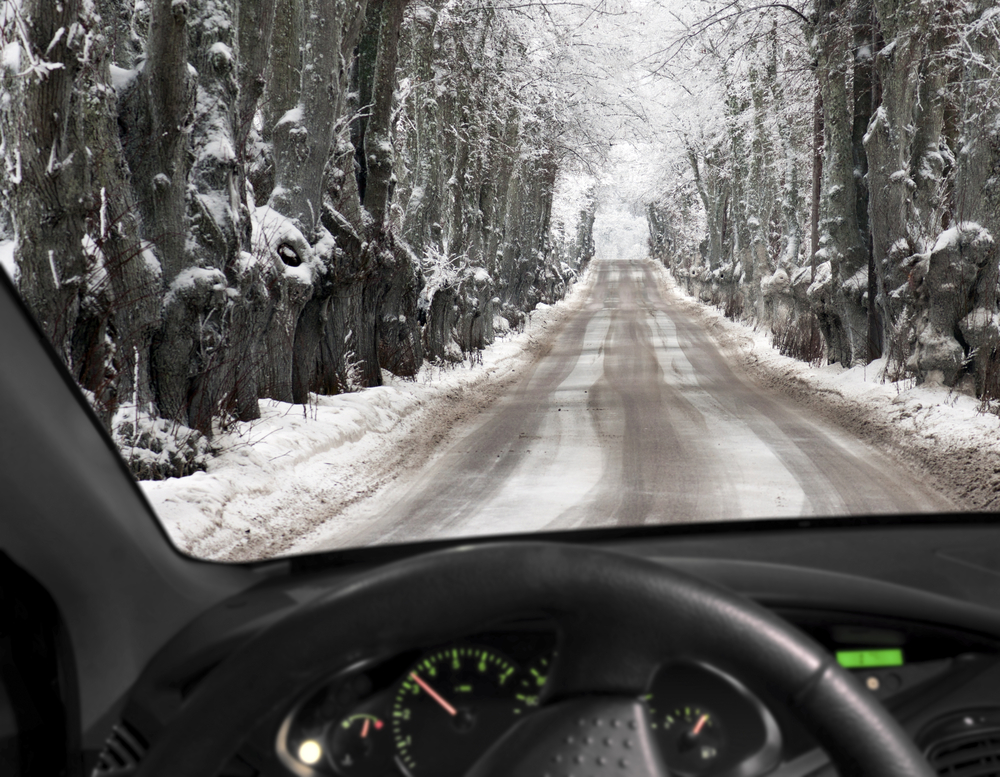While all repairs should be done before the issue gets worse, some forms of damage are more urgent than others. Problems with your suspension can not only lead to very costly damage, they can compromise the safety of your drive. There are a few key red flags to look out for.
Suspension 101
Some drivers might assume that “suspension” only encompasses parts like the shock absorbers, but it’s important to consider your tires and their level of pressure as key components of the overall system, not to mention the frame and steering system. Your suspension determines your handling, braking, ride comfort, and other factors. It ensures that your tires maintain consistent contact with the surfaces it moves across, that the vehicle is insulated from vertical acceleration due to the characteristics of these surfaces, and that you can maintain control over your steering.
The Feel of Your Drive
Because your suspension is largely responsible for drive comfort and control, many of the most common problems are expressed in how things feel. For instance, if you experience a bit of resistance or pull to one side in your steering, or if your ride starts to feel unusually rough or bumpy, your shocks or struts could be in need of maintenance. Your BMW depends on its shocks to remain stable against many different forms of momentum and energy, such as when braking. The feeling that your vehicle sinks forward during a stop is therefore something to watch out for as well.
Looking and Listening
Always listen for unusual noises when turning or moving over rough surfaces. Check the tread of your tires to see if the distribution of wear is normal. If you see concentrated wear on one or two of them, this could mean uneven distribution of weight. Sometimes you can even spot suspension issues by checking to see how evenly the body of your BMW sits above the ground. Take a look at the shock absorbers themselves, as the presence of moisture or oil could mean a leak. Pay close attention and be sure to get the right maintenance as soon as you spot a problem!
Notice anything unusual with your BMW that may indicate a problem with your suspension? Our team of certified technicians is experienced, dedicated, and ready to help you keep everything in top condition. Call (403) 768-3168 to find out what the Motorwerkes experience is all about!




